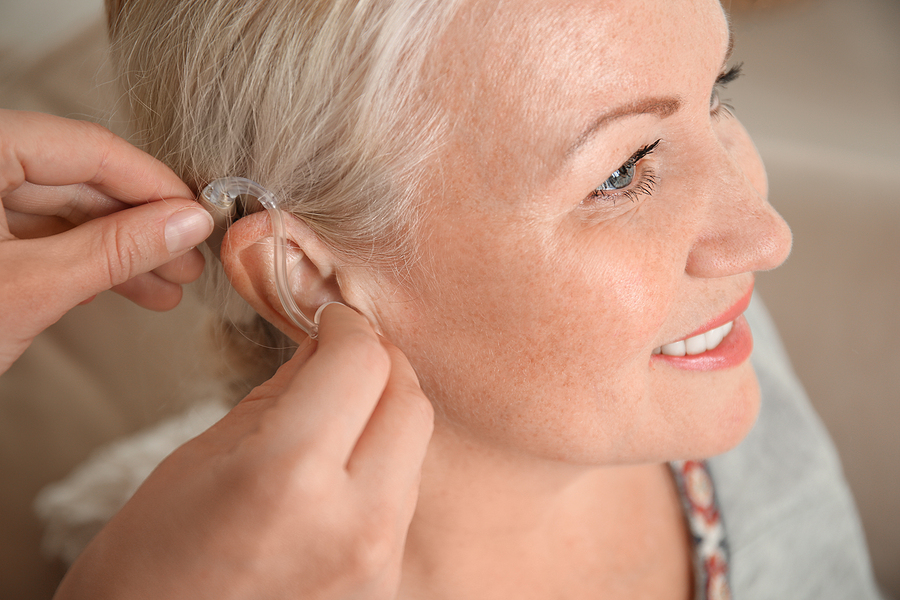Dealing with Discomfort After a Hearing Aid Fitting
Getting a new hearing aid fitted changes everything. The world will feel


Getting a new hearing aid fitted changes everything. The world will feel

Many people find themselves reaching for a cotton swab after taking a

Hearing changes can arise slowly and without warning. You may have